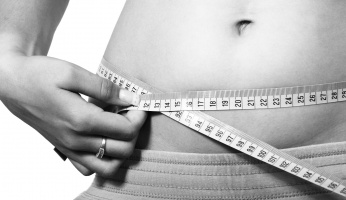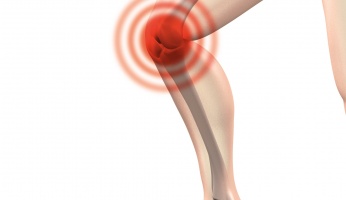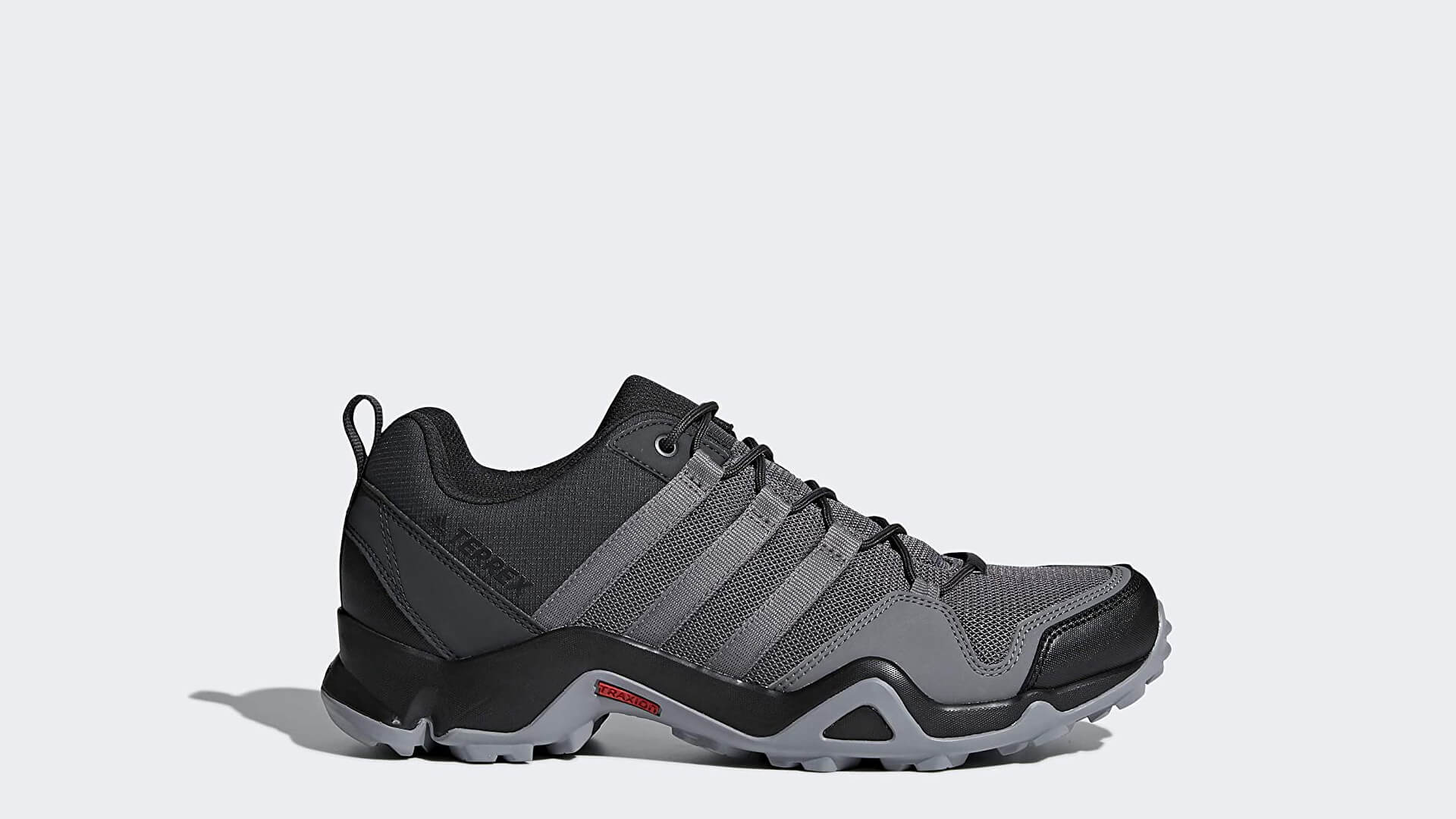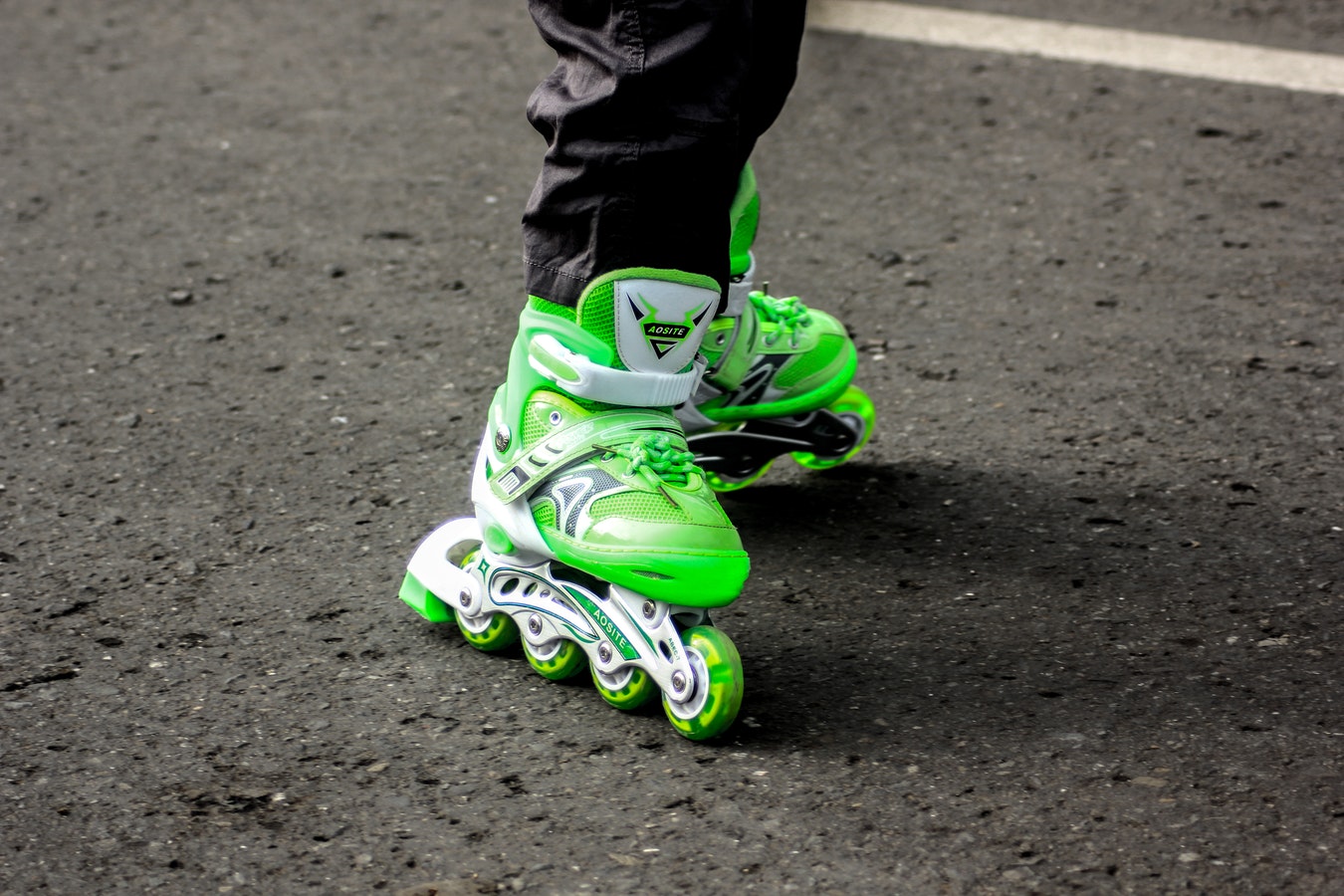The Dos and Don’ts of Pregnancy Workouts
 The Dos and Don’ts of Pregnancy Workouts www.walkjogrun.net
The Dos and Don’ts of Pregnancy Workouts www.walkjogrun.net Working out during pregnancy has been a common concern among those who got pregnant in the past. During more recent years, that concern has decreased, while more and more are doing exercises during pregnancy. The idea is to make your pregnancy more comfortable as well as the birthing process itself. In this blog, we will give you some tips on the dos and don’ts of exercise during your pregnancy.
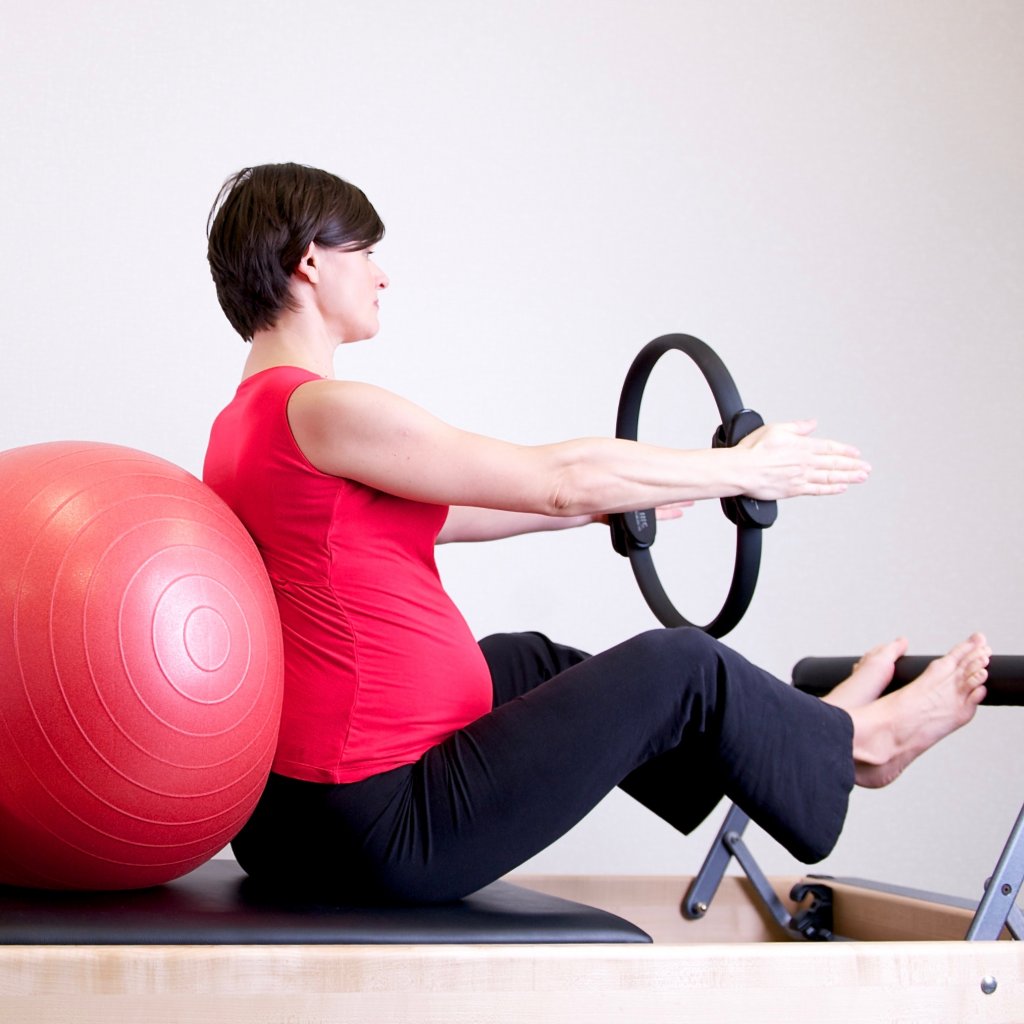
Health Warnings
The most obvious thing you are going to do before starting any of your pregnancy exercises is to check with your doctor. You need to make sure that you do not have any conditions that would limit your ability to exercise. There are some conditions that you may have that will stop you altogether. Others, the doctor may just limit what type of exercise you can do. Here are a few of them:
- Incompetent cervix
- Placenta Previa after 26 weeks
- Risk factors for premature labor
- Persistent Bleeding
- Preeclampsia
- Ruptured membranes
Pregnancy Workouts
While there are many different ways that people choose to work out, those that are pregnant have one (or more) things to consider, the baby (or fetus). Let’s get into the main dos and don’ts of pregnancy exercises.
The Dos
Loose Clothing – Normally when people go to the gym or just workout at home, they will tend to put on a tightly fitted outfit to help burn off more calories. When you are pregnant, the last thing you want to do is have that clothing sticking to you. What’s the one exception to this rule that most can think of? The sports bra. Your breasts will be getting bigger and slightly more sore during pregnancy, so you will want to keep them supported the best you can. Make sure though, that you don’t have one that will be so tight around that it is hard to breathe.
Stretches – Just like with any normal exercise routine, make sure to do your stretching before and after you are done. This allows you more flexibility and not put a strain on the muscles before and after you are done. Don’t overstretch though.
 Hydration – Number one priority, stay hydrated! If you get overheated this can lead to dehydration, and this is dangerous for the baby. Make sure that you drink fluids before, during and after the workout.
Hydration – Number one priority, stay hydrated! If you get overheated this can lead to dehydration, and this is dangerous for the baby. Make sure that you drink fluids before, during and after the workout.
Exercise in Moderation – Movement for up to about 30 minutes daily is recommended. Taking a walk through your neighborhood is easy enough and will keep you and your baby very happy.
Low Impact – Walking, yoga, and pilates are great low impact activities, they will put less strain on the joints and your body as a whole. Swimming is the best if you like the water, this will also give you more support for the baby and take some of the strain off of you. Rule of thumb when doing low impact activities, be able to have a conversation with someone. This lets you know that you are not overdoing your exercise.
Strength Building – If you are looking to gain some strength before baby arrives, work on your shoulders, chest, and biceps. You can do this by lifting smaller weights in each hand and doing curls. This will help you pick up and hold the baby as often as you need to without getting too tired.
Kegel Exercises – Repeatedly contracting and relaxing your pelvic floor muscles, known as Kegels, will help you prevent incontinence. One thing that happens when you get pregnant, is those muscles start to relax, and who hasn’t heard of someone urinating themselves while pregnant. Laughing too hard or even sneezing can cause this to happen.
Rest – Make sure to take breaks and get some rest. The body rejuvenates itself when you are at rest. It is ok to stop what you are doing and take that time to stop.
The Don’ts 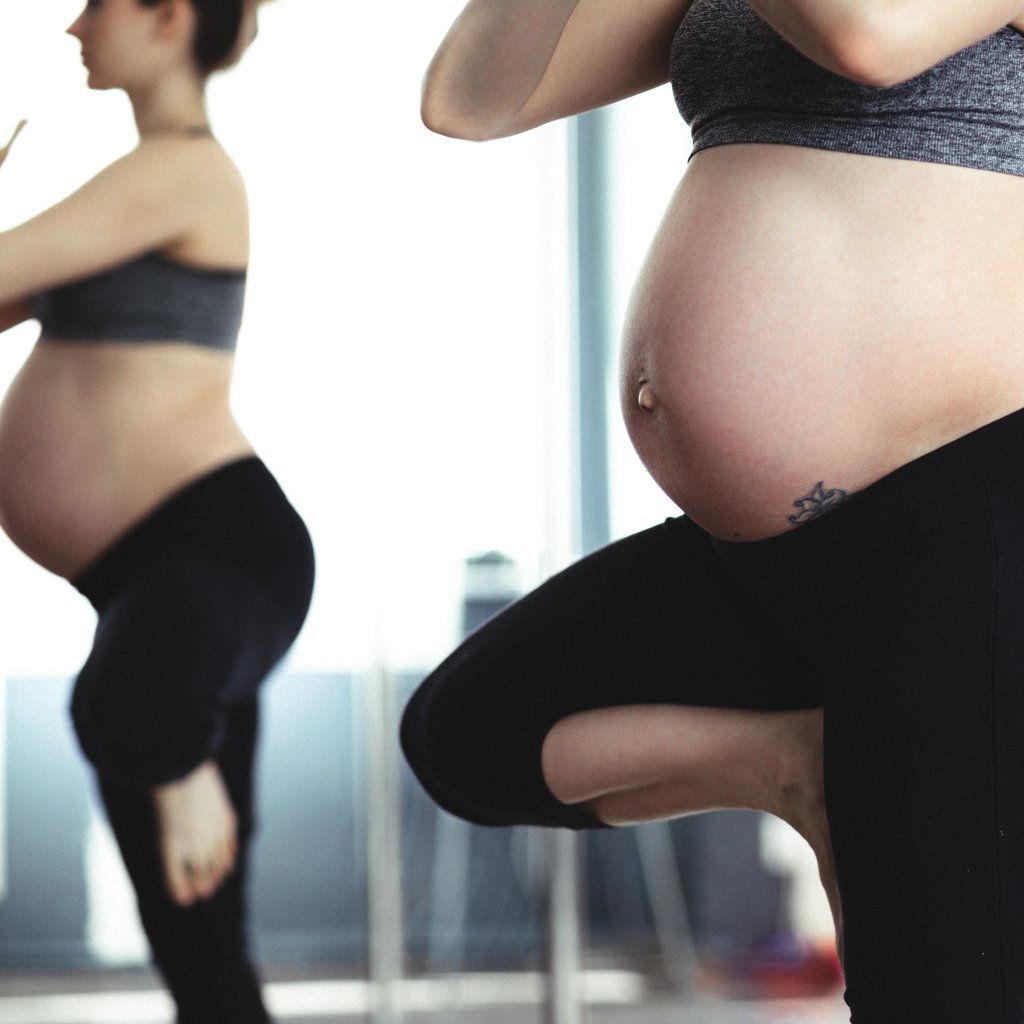
Don’t Lie on Your Back – After the 1st trimester, it is not good to do any exercises that require you to lay on your back, like sit-ups. This is going to put a strain on your back as well as the blood flow to you and the baby. This goes for sleeping as well, it is best to lay on your side.
Heavy Weights – Do not use any heavy weights or use equipment that requires a stomach belt. Always steer towards the lighter side so as not to exert yourself.
High Impact – Anything that requires contact with other people should be avoided. Basketball, volleyball or even soccer should be avoided. This increases your risk of falling or being hit in the stomach.
Exhaustion – If you are having problems breathing or getting too tired, then you are experiencing some exhaustion and this needs to be eliminated.
No Holding Breath – If you find an activity that requires you to hold your breath for any length of period, avoid it. This is not good for you or the baby, try instead to do some deep breathing techniques to calm the mind and body.
Dizziness – If at any time you experience dizziness or feel light-headed, stop what you are doing immediately.
Relaxation Exercises
Everyone knows that during pregnancy, your hormones are on overdrive, emotions are running wild and the stress of everyday life can be overwhelming. Relaxation exercises can help reduce stress, get some needed sleep, and release the muscle tension you may have. In the end, during labor, this can definitely help to keep you calm.
Breathing and Meditation
Like we had discussed earlier, deep breathing can be great for relaxing you. This is also another way to reduce your stress levels. In a seated position, close your eyes, breathe in and out deeply while focusing on breathing. This also can take your mind off things that are happening in the moment or things to come.
Visual Exercises
Visualizing imagery such as you sitting on the beach, can be very relaxing for the body and mind. Close your eyes and picture something that makes you happy or you think could make you happy. This will keep your blood pressure down and relax the mind.
Progressive Relaxation
This process is the simple process of controlling different muscles by tightening and relaxing them. This would be rotating your head slowing, then maybe your neck, arms, and so forth.
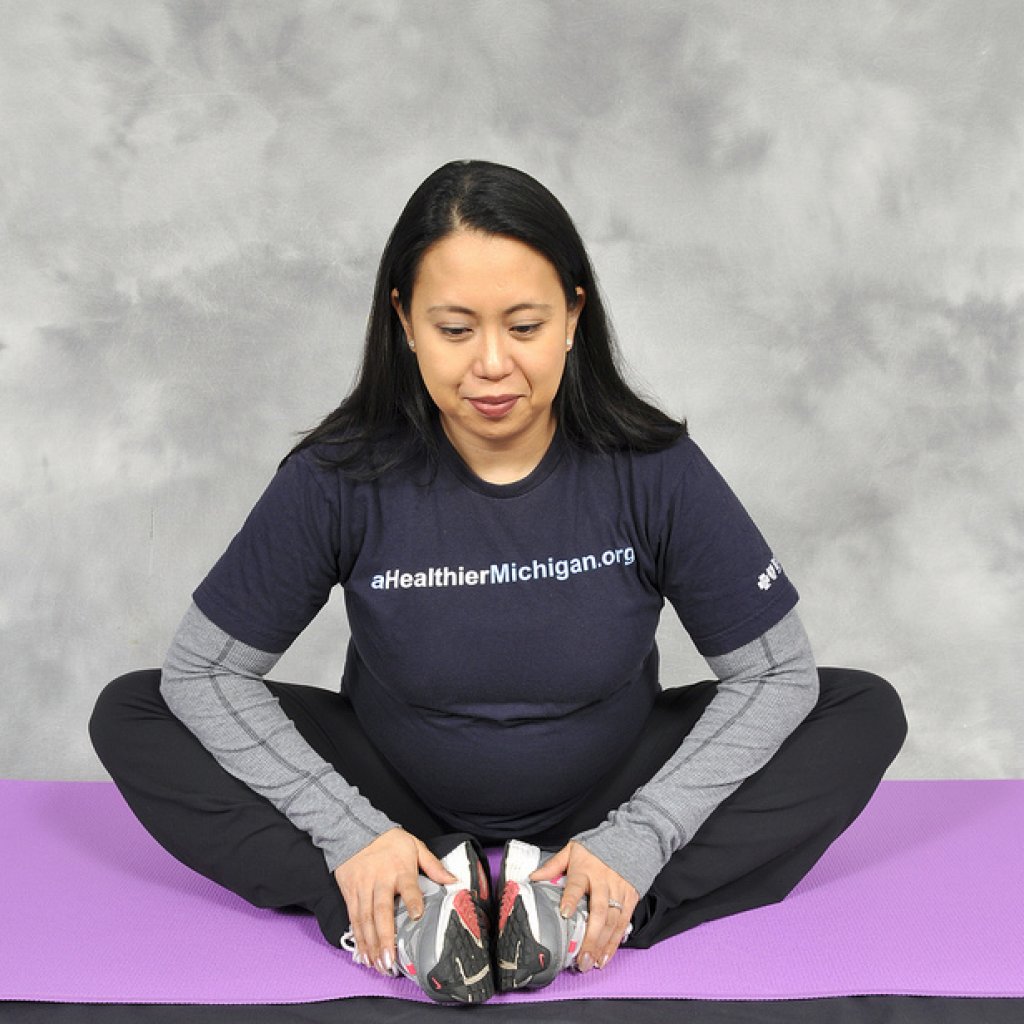 Exercise Complete
Exercise Complete
At the end of the day, it is your decision, the parent if you want to exercise and if you feel comfortable doing so. Take the time to check with your doctor, decide between the two of you what is best, and hopefully, the information above will give you some insight into completing the best workout.






